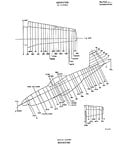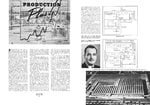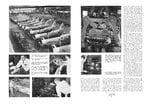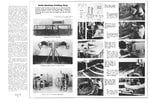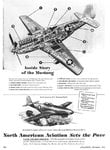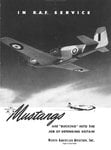Pete,
He probably could look under the tail a bit because with the Malcom Hood his pumpkin was basically out in the slipstream area. The D model in my opine was better as it allowed you to check six much easier in a turning fight. To check under your tail just wag the rudder pedals, plus have your wingman out in a tactical line abreast or close to it position so he can each check the others six o'clock.
Plus the D gives you two more (and more reliable) guns. More is better most of the time.
Look at modern fighters. The F-16 has the best going (a blister on the outside of the airframe) and the canopy rail at the rear.
Cheers,
Biff
He probably could look under the tail a bit because with the Malcom Hood his pumpkin was basically out in the slipstream area. The D model in my opine was better as it allowed you to check six much easier in a turning fight. To check under your tail just wag the rudder pedals, plus have your wingman out in a tactical line abreast or close to it position so he can each check the others six o'clock.
Plus the D gives you two more (and more reliable) guns. More is better most of the time.
Look at modern fighters. The F-16 has the best going (a blister on the outside of the airframe) and the canopy rail at the rear.
Cheers,
Biff

